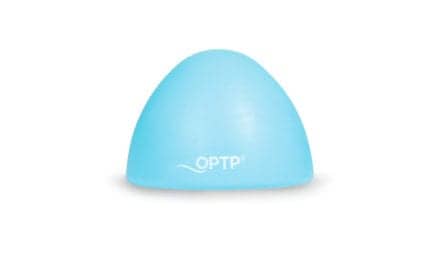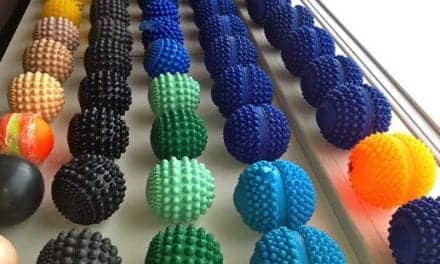A new study shows aged muscle in particular requires an additional type of treatment for mechanotherapy to stimulate tissue healing instead of hindering it.
Mechanotherapy, the concept of using mechanical forces to stimulate tissue healing, has been used for decades as a form of physical therapy to help heal injured muscles. However, the biological basis and optimal settings for mechanotherapies are still poorly understood, especially with respect to elderly patients. Given the well-known decline in healing ability that occurs with age, elderly patients stand to benefit greatly from an effective, non-invasive musculoskeletal treatment approach in physical therapy.
A new multidisciplinary study helps close this knowledge gap of mechanotherapies’ effectiveness in aged muscle. The study was performed by researchers at the Wyss Institute for Biologically Inspired Engineering and the Harvard John A. Paulson School of Engineering and Applied Sciences (SEAS) led by Wyss Core Faculty member David Mooney, PhD, in collaboration with Associate Faculty member and Paul A. Maeder Professor of Engineering and Applied Sciences, Conor Walsh, PhD.
Mechanotherapy Effect on Young Muscle vs. Aged Muscle
In previous work, the collaborators used Walsh’s Lab’s expertise in wearable robotic systems to develop a robotic mechanotherapy device that functions like a highly advanced massage gun. This technology enabled precise delivery of non-invasive mechanotherapy to injured muscles of mice, allowing the team to measure its biological effects. The researchers had used this device to optimize the magnitude, duration, and frequency of force applied to the muscles of young animals to accelerate healing, and found that mechanotherapy accelerated muscle healing by mitigating inflammation after injury.
Related: Massages Feel Good, But Do They Actually Speed Muscle Recovery?
Now, using this mechanotherapy device on aged muscle, the researchers found that the same mechanotherapy treatment that helps young muscle heal faster after injury actually has the opposite effect with aging – the settings that promoted healing in young muscle exacerbated injury in old muscle. In search of an explanation for these results, the team found that mechanotherapy amplified rather than alleviated inflammation in aged muscle, ultimately hindering the normal healing process by disrupting the behavior of muscle stem cells, a subset of cells responsible for replacing damaged muscle tissue.
Prompted by these findings, the researchers next asked if controlling inflammation along with delivering mechanotherapy could help achieve healing effects in aged muscles. They found that this was indeed the case: combining mechanotherapy with anti-inflammatory treatment significantly improved healing in aged muscles and was superior to anti-inflammatory treatment alone. This work, published in Science Robotics, opens an exciting non-invasive therapeutic avenue for healing muscle injuries in elderly patients.
“Our study highlights critical differences in how muscle stem cells and immune cells respond to mechanical forces in the context of age, and how upregulated inflammation additionally compromises the function of aged stem cells needed for the regeneration of old muscles,” says Mooney, who also is the Robert P. Pinkas Family Professor of Bioengineering at SEAS. “Muscle mechanotherapies likely thus won’t be a ‘one-size-fits-all.’ To realize their benefits, they will have to be tailored to patient populations and, specifically for aged individuals, it will be key to modulate inflammation.”
From Surprise to Solution
The team found that administering anti-inflammatory therapy in the form of glucocorticoids alongside mechanotherapy suppressed key pro-inflammatory pathways and reduced overall inflammation levels in injured aged muscle to those seen in injured young muscle. Yet at a cellular level the muscle cells continued to experience mechanotransduction, and by removing the negative impacts of inflammation, injured aged muscles could positively respond to the robot-delivered mechanical loading.
“It is well-known that, with age, many of the normal processes of muscle healing and inflammation change. It’s important to question whether the same mechanisms seen in studies performed in young animals stay the same as the body ages,” McNamara says. “By leveraging what we learned in this study and our previous work and combining it with growing expertise in wearable soft robotic systems, we believe that in the future personalized mechanotherapeutic approaches can be developed to heal injuries across all ages.”





